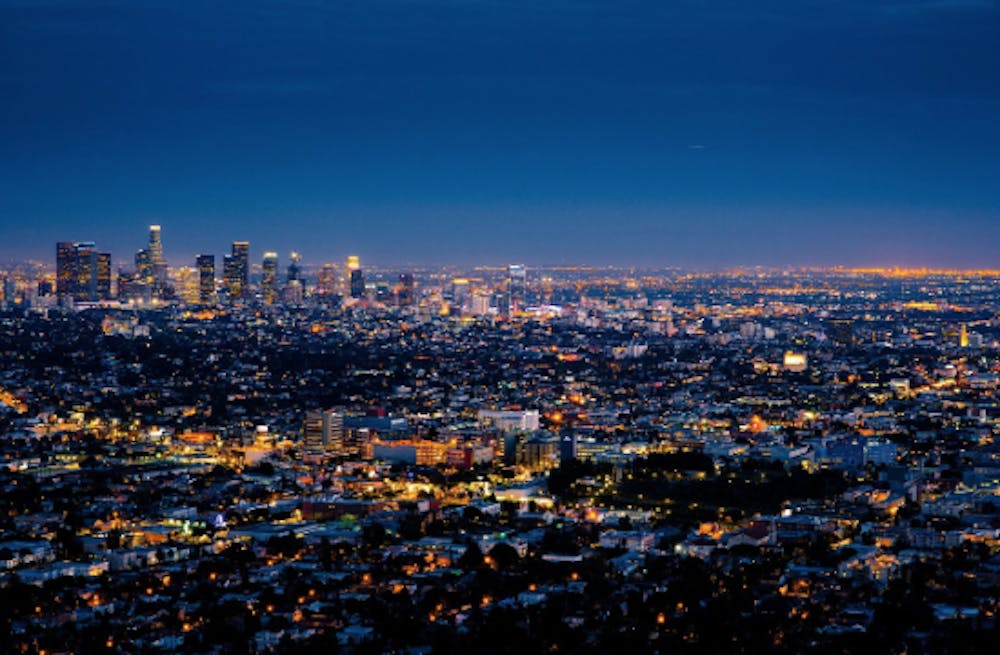By: Sofia Liszka
Fire season annually leaves the state of California with burns: physical, emotional, economic and social. Raging flames envelop the endless vistas of the Golden State, leaving devastating losses and scorched earth for all in its path. For California, the mission to recover has become increasingly complex and costly as intense, frequent fires have ravaged its communities and land. Further, obvious topographic differences between the state’s northern conifers and southern chaparral seem to create two different fire spheres for the state to control.November brought California the Woolsey Fire, a blaze that swept through the chaparral of the Simi Valley and Malibu coast. At the same time, the deadly Camp Fire decimated the town of Paradise and surrounding forest up north. Woolsey flooded news feeds with its swift movement and masses of smoke as it closed in on California’s population hub. Los Angeles County supports a population of 10.28 million people, which is roughly equivalent to the population of the next four California counties combined. When an extremely high population density like this is juxtaposed with the fire threat that primarily targets southern California in the back half of the fire season, danger is imminent.A closer look at the vegetation that defines southern California raises additional alarms. Lavish residences perched throughout the region’s hillsides are integrated among the shrubs and small trees reflective of the Mediterranean climate. While aesthetically pleasing, many shrubs and plants, like the eucalyptus and manzanita, “have flammable characteristics such as small fine leaves, lots of litter, and peeling bark”, generating disastrous potential when sparks fly. How can existing development be sustained in the midst of a fire waiting to happen? California faces a problem that persists even as the state and Congress delegate immense funds to the situation.Though maintaining safety is already a major undertaking, the area is projected to be placed under further developmental stress. An analysis of statewide residential development alongside the wildfire risk for corresponding land projected the construction of “at least 640 thousand to 1.2 million new homes in the highest wildfire risk areas between 2000 and 2050. Much of this high-risk development is likely to occur on the outskirts of cities on the southern coasts”. Fires that have hit the region in the years since the study’s publication, the Woolsey Fire being just one of them, reflect the risk of settling in this region. California manages its terrain alongside its excessive human presence, a truly demanding task. Management often requires the use of fire by prescribed burns, and the vegetative landscape is often altered to allow for more development.Measures to maintain stability between the land and the populace stand today, courtesy of Cal Fire, the California Department of Forestry and Fire Protection. In 1980, the state enacted its Chaparral Management Program, which has since expanded to become the broader Vegetation Management Program. With a focus on targeting the land around the state’s residences, the bill gives Cal Fire the ability to “contract with private and public landowners for the purpose of fuel hazard reduction, vegetation management, and the improvement of wildlife, range, and forest resources”. The initiation of this legislation seems to be ahead of its time, but today, cooperation between Cal Fire and the people is more crucial than ever in an age of increasingly frequent and disastrous fires. Each year brings an uncharted level of danger upon the people who inhabit California, the brave who fight the blazes, and the infrastructure that attempts to hold everything together. At fire season’s end, next year’s impending disasters wait as smoke clears and efforts to rebuild begin. The part of the year without fire running rampant is merely an intermission between periods of destruction and distress, a reality that all must grapple with until the flames return. Yet for those who spend fire season looking in from the outside, fire season should fuel questions about our place in nature’s course, or lack thereof. An area that has proved itself susceptible to fire should provide clarity in judgment when it’s time to decide where to build a home and life.Image via Pixabay.

